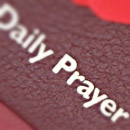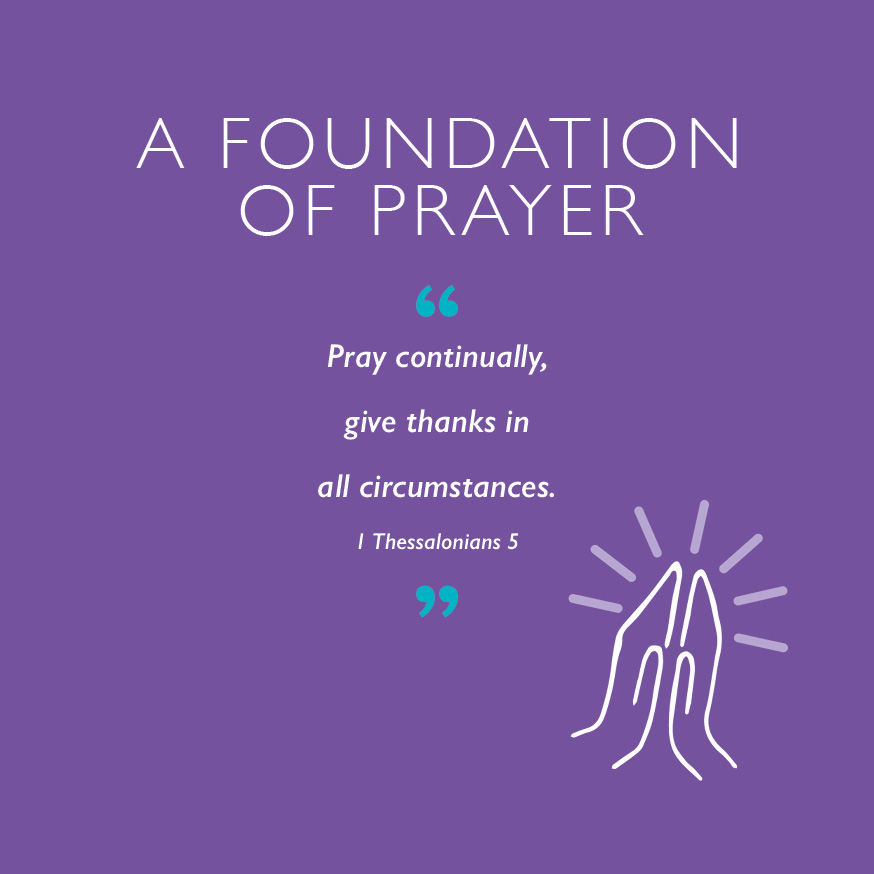 As Bishop Lee has written, prayer is fundamental to Christian discipleship but the ways Christians actually engage with God in prayer may be as varied as the people themselves.
As Bishop Lee has written, prayer is fundamental to Christian discipleship but the ways Christians actually engage with God in prayer may be as varied as the people themselves.Whether we pray individually or in groups, whether we make our prayers out loud or in silence, whether we find liturgy, visual images or music helpful, whether we need to sit still or find it more effective to pray on the move… all these are valid questions in trying to discern the mode of prayer which will suit a given personality or situation.
Here are some examples which Christians have found useful but what has been your experience? What could you add to the list? Contact us with examples which you have found helpful and which might help others.
The Daily Office
Since earliest times, Christians have prayed in a structured way on a daily basis, bringing their praise, thanksgiving and intercessions to God in liturgies based on the Psalms and other readings from Scripture as well as including Collects and common prayers which unite Christians wherever they may be praying.
Many find the gentle rhythm of daily prayer helpful as a spiritual discipline and use Morning and Evening Prayer to begin and close their waking hours.
The Common Worship liturgy for daily prayer is available in printed form but also online via the Church of England website or as an app for mobile phones and tablets. The online versions have the added benefit of inserting the relevant lectionary readings and prayers in the right places without you having to look them up.
The Church of England has also launched a free app called Reflections for Daily Prayer, which includes Bible passages, inspirational prayers and easy-to-understand reflections from leading authors.
Prayer breakfasts
Many churches host regular prayer meetings, the format for which will depend on the context and people involved but one idea might be a monthly prayer breakfast for members of the church family. A typical format might be to meet at 8am on a Saturday morning beginning with a short introduction or reflection and then offering prayers together based on suggestions from those present or requests from the church family concerning the life of the church, the community or world events. The meeting ends with breakfast and a time of fellowship before people head off into their weekend activities.
Sound and image
Many people find visual images or music a useful stimulus for prayer or a way of focusing those praying on particular topics. Modern technology offers many opportunities to combine the two in an audiovisual presentation but, equally, paintings or sculpture, perhaps arranged in a trail around the church building or churchyard, can be effective.
24/7 prayer

24/7 is a movement of people who are centred on Jesus Christ, trying to live their lives wrapped around prayer, mission and justice. At the heart of this movement are hundreds of prayer rooms, in which people take one hour (or more) each, one after another, to form unbroken chains of prayer where they are.
The parish of Bishopston & St Andrews in Bristol organised three 24/7 Prayer Weeks last autumn, with church members signing up to pray for an hour (or more!) through the day and night.
It has been really encouraging to hear stories of how people have encountered God in new ways for the first time through being part of 24/7 Prayer, says Bev Charles, a Licensed Lay Minister who oversees the parishs commitment to prayer.
These prayer weeks have given great confidence and energy to our churches. Theyve also given church members the opportunity to hear from God and, in sharing that, contribute to the parishs vision.
Visit the 24-7 prayer website if you would like to organise a 24/7 Prayer Week in your church.
What ideas and practices have you and your church benefited from? Comment below and we'll incorporate them into this article.
